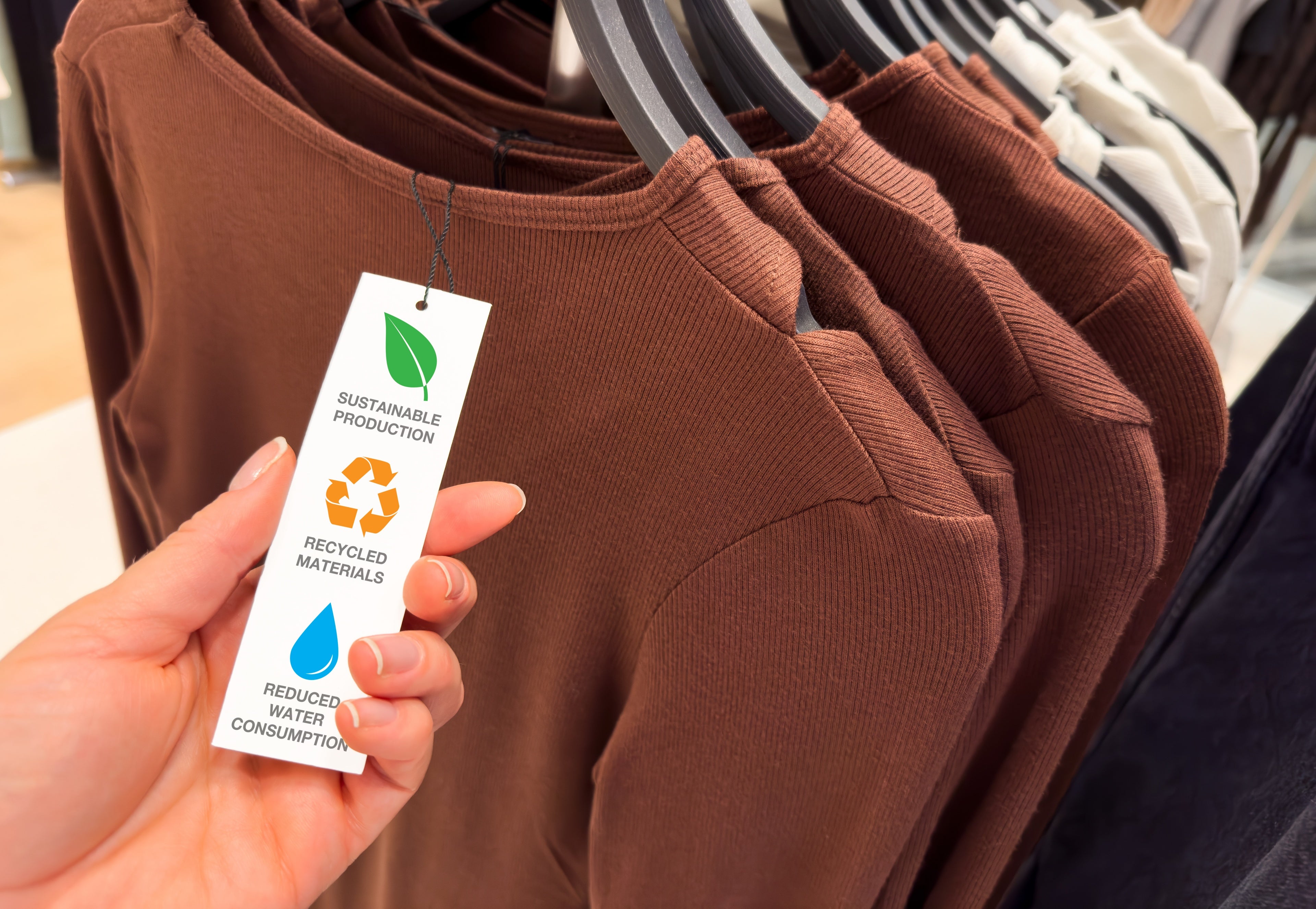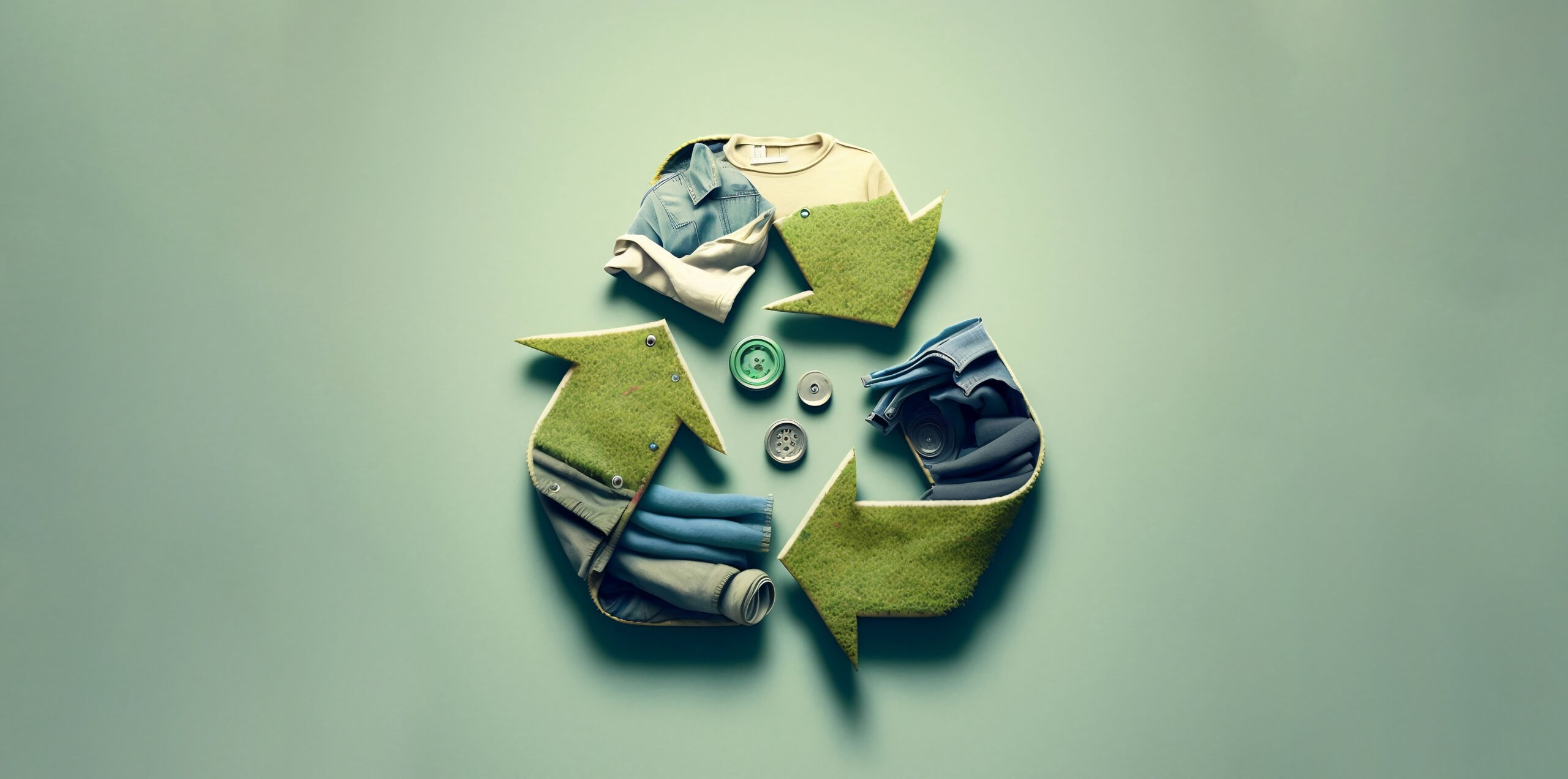Stay Ahead of the Curve by Exploring Ingenious Fashion Trends
In a market as dynamic as fashion, staying ahead involves more than just complying with present fads-- it requires an exploration of development. Smart textiles, as an example, are changing garments right into useful work of arts, while 3D printing is revolutionizing design processes with its customizable, waste-reducing capabilities. As sustainability becomes a cornerstone, advancements like green materials and circular style techniques are improving environmental responsibility - Cape Town Sustainable Fashion. In addition, the merging of innovation and fashion proclaims a new age of consumer interaction. How, after that, can these arising trends redefine the future of style, and what ramifications do they hold for brands looking for to flourish in this evolving landscape?

Accepting Smart Textiles
In recent years, the garment industry has actually witnessed a transformative shift with the combination of wise fabrics, a sophisticated development that blends innovation with textile. This advancement stands for not just a fusion of aesthetic appeals and performance yet additionally a significant leap towards sustainability and personalization in fashion. Smart textiles, likewise called e-textiles, installed innovative electronic devices such as sensing units and conductive strings within the textile, making it possible for garments to connect with the setting or the user.
These fabrics are made to check physical parameters, such as heart rate or body temperature, giving real-time wellness analytics. Past wellness applications, clever fabrics are additionally being utilized for adaptive clothing, which can change shade or pattern in response to ecological stimulations, thus supplying a dynamic style experience.
Moreover, the development of energy-harvesting textiles that produce power from activity or sunshine is leading the way for self-dependent wearable modern technology. This innovation is appealing to environmentally conscious consumers and designers intending to lower the ecological footprint of fashion. As r & d in this area breakthrough, smart fabrics are expected to come to be progressively prevalent, improving the landscape of modern style with their multifunctional abilities.
The Rise of 3D Printing
Changing the manufacturing landscape, 3D printing has actually arised as a game-changer in the garment industry. This advanced modern technology has enabled developers to push the limits of creativity, creating intricate and personalized garments that were previously unbelievable. By leveraging digital layout and additive manufacturing, 3D printing promotes the production of complex geometries and patterns, permitting designers to explore new appearances and structures.
A remarkable advantage of 3D printing in style is its capability to generate on-demand, reducing waste and reducing stock requirements. This performance not only maximizes production procedures but likewise enables fast prototyping, allowing developers to bring their visions to life in a shorter duration. Additionally, 3D printing sustains modification to a degree unmatched by typical approaches, using personalized fits and special designs customized to private consumer choices.
The surge of 3D printing has also equalized style, making it easily accessible to emerging developers who can currently fabricate high-quality items without significant financial investment in standard manufacturing infrastructure. As innovation continues to advancement, the fashion business is positioned to harness the full potential of 3D printing, discovering new materials and methods that will most certainly redefine exactly how style is developed and generated.
Lasting Fashion Developments
As the garment industry comes to grips with the pushing need for ecological responsibility, sustainable style advancements have emerged at the forefront of transformative modification. The expanding understanding of eco-friendly influence has fueled a shift towards more eco-conscious methods and products. Designers and brands are now prioritizing sustainability, including approaches that decrease waste and minimize carbon impacts.
One significant development is the surge of round fashion, which stresses recycling and upcycling to prolong the lifecycle of garments. This method not just decreases waste however likewise motivates consumers to adopt an extra conscious method to clothing intake.
One more advancement lies in the adoption of innovative dyeing strategies that use natural dyes or waterless procedures, thus minimizing the large amounts of water and chemicals traditionally used in fabric dyeing. In addition, improvements in biotechnology have actually resulted in the creation of lab-grown leather and materials, supplying ecologically pleasant and cruelty-free choices to conventional materials. With these pioneering efforts, the garment industry is making purposeful strides towards a much more lasting future.

Tech-Integrated Apparel
Tech-integrated apparel stands for an innovative blend of fashion and technology, improving exactly how people interact with their apparel. This innovative domain name is noted by the incorporation of clever fabrics and ingrained electronic parts, enhancing both functionality and aesthetic appeal. From fitness trackers embedded in sports apparel to warmed jackets navigate here managed using smart device apps, tech-integrated clothing uses customers extraordinary comfort and versatility.
Introducing brands are driving this fad, focusing on producing garments that react to ecological stimulations or user commands. For instance, some garments can alter shade or pattern in response to temperature level changes, while others integrate biometric sensing units to keep an eye on wellness metrics like heart price or anxiety levels. The seamless integration of technology into textiles also extends to environmental sustainability, with efforts to develop self-cleaning fabrics or garments that readjust to weather problems, hence decreasing the demand for several layers.
Furthermore, the advent of wearable modern technology is not simply limited to apparel yet encompasses accessories like watches and glasses, additional widening the range of tech-integrated fashion. As the sector proceeds to innovate, the possibility for personalization and personalization in apparel expands, providing customers special, tech-enhanced fashion experiences that accommodate their private requirements and preferences.
Future of Virtual Style
Over the last few years, the future of virtual style has become a transformative pressure within the market, leveraging improvements in digital technology to redefine how fashion is produced, experienced, and eaten. By integrating increased reality (AR), digital reality (VIRTUAL REALITY), and 3D design devices, developers can now craft immersive and interactive experiences that go beyond traditional style boundaries. Digital fashion permits the creation of garments that exist exclusively in digital atmospheres, offering countless possibilities for innovation without the constraints of physical production.
This electronic change not just provides possibilities for creative expression however additionally addresses sustainability issues intrinsic in traditional fashion methods. Cape Town Sustainable Fashion. By removing the need for physical sources, digital style decreases waste and lessens carbon impacts. Moreover, the surge of virtual style straightens with the enhancing customer demand for tailored and unique experiences, as online garments can be tailored and tailored to private preferences easily

Verdict
The style industry's future lies in the assimilation of cutting-edge view it now innovations and sustainable methods. Online fashion is poised to redefine customer communications.
In recent years, the style industry has actually seen a transformative change with the combination of clever textiles, an advanced technology that blends modern technology with material.As the style industry grapples with the pushing requirement for ecological responsibility, lasting style innovations have emerged at the forefront of transformative adjustment.In recent years, the future of digital fashion has actually arised as a transformative pressure within the market, leveraging innovations in electronic technology to redefine how fashion is developed, experienced, and consumed. The surge of virtual fashion straightens with the enhancing customer demand for distinct and personalized experiences, as digital garments can be tailored and tailored to private choices with ease.
The style sector's future lies in the combination of sustainable practices and cutting-edge innovations.
Comments on “How Cape Town Sustainable Fashion is Shaping Eco-Conscious Shopping”